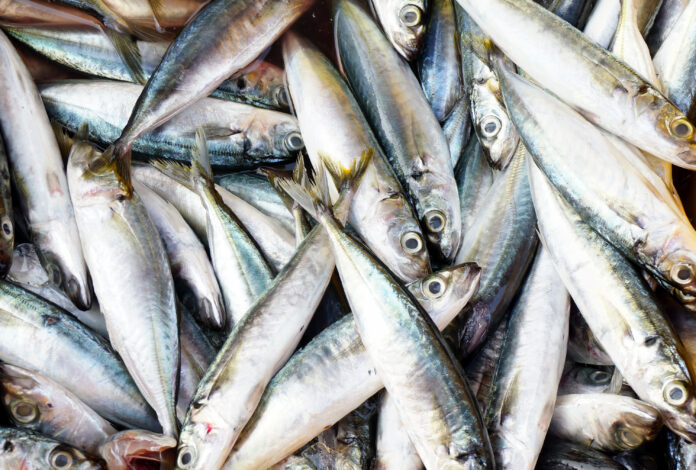Sardines and anchovies, two of the country’s most vital fishery commodities, have been identified as moderately vulnerable to the impacts of climate change, according to the Department of Agriculture (DA) through the National Fisheries Research and Development Institute (NFRDI).
On Tuesday, the DA said the findings came from its Climate Risk Vulnerability Assessment (CRVA) conducted in Fisheries Management Area 9, which covers Bohol, Siquijor, Southern Leyte, Zamboanga del Norte, Zamboanga del Sur, Camiguin, Lanao del Norte, Misamis Occidental, Misamis Oriental, Agusan del Norte, and Surigao del Norte.
NFRDI executive director Dr. Maria Theresa Mutia said the CRVA aims to provide science-based data to guide climate adaptation measures and strengthen fisherfolk resilience.
The assessment showed that sardine fisheries in Cabadbaran City, Agusan del Norte, face high exposure to storm surges and sea level rise, worsened by low income and limited fisheries support. Anchovy fisheries in Sibutad, Zamboanga del Norte, were also found at risk due to habitat degradation, livelihood dependence, and weak adaptation measures.
“These findings underscore the need for targeted strategies to boost the resilience of local fishing communities,” the NFRDI said.
To address the issue, the institute held focus group discussions and cost-benefit analysis surveys in Sibutad from October 14 to 17 and in Cabadbaran City from October 21 to 24. During the sessions, Senior Science Research Specialist Vanessa Mae Escaño presented the CRVA framework and methodology to help guide adaptive interventions.
The CRVA is part of the Philippine Fisheries and Coastal Resiliency Project, which seeks to strengthen the adaptive capacity of the fisheries sector by engaging local communities.
According to the Philippine Statistics Authority, the country produced 55,341.26 metric tons of anchovies in 2024, up 6.4 percent from the previous year’s 52,030.71 MT. Sardine production, however, fell sharply by 29.6 percent to 321.37 MT in 2024 from 456.53 MT in 2023.







